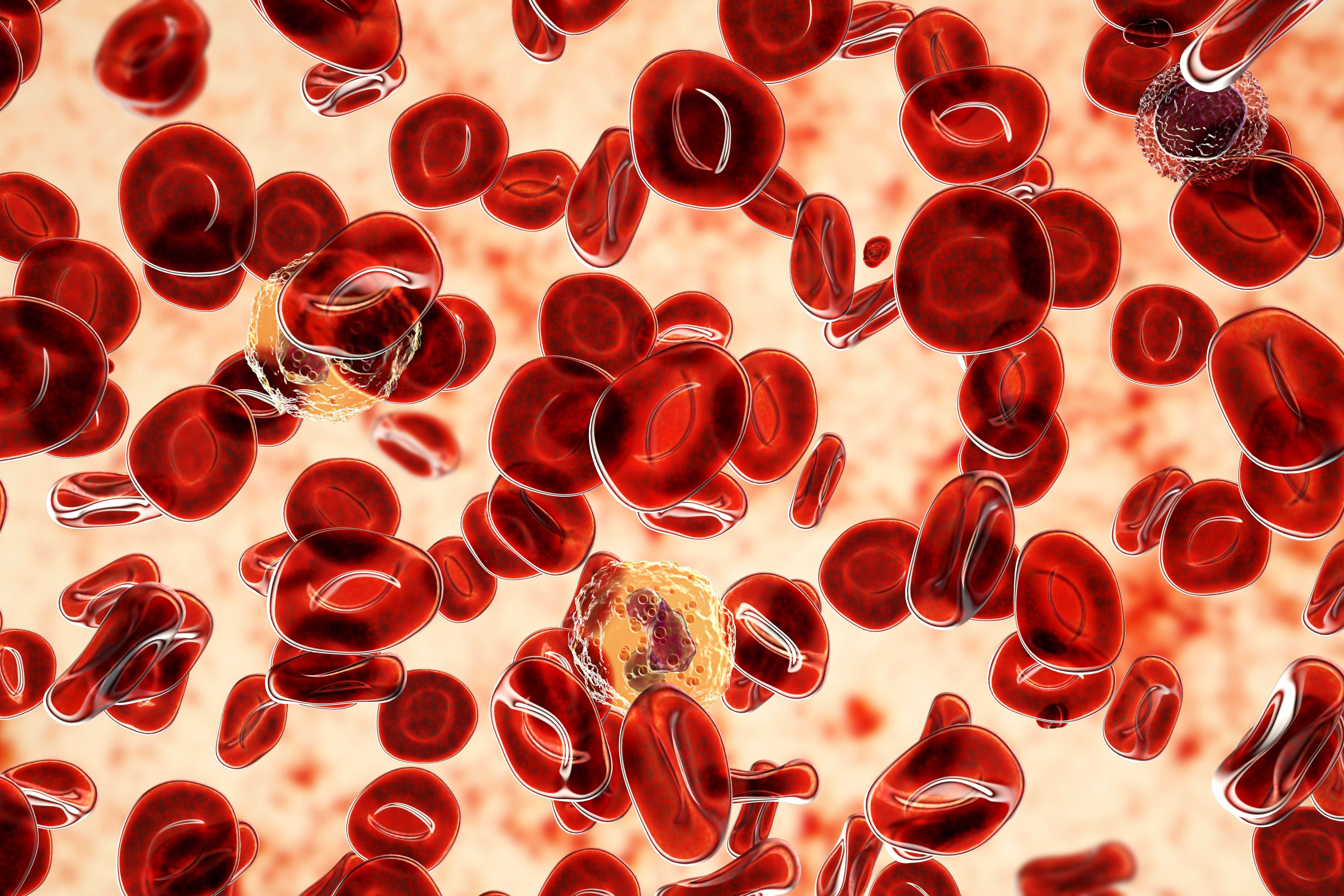Article
Leukemia Survival Improved From 1995 to 2009, but Racial Gaps Increased for Some Types
Author(s):
While survival from leukemia improved among adults from 1995 to 2009, and the survival gap between sexes decreased, the racial gap did not, according to new research published in Cancer.
While survival from leukemia improved among adults from 1995 to 2009, and the survival gap between sexes decreased, the racial gap did not, according to new research published in Cancer.
The researchers analyzed data on 370,994 adults who were diagnosed with leukemia between January 1995 and December 2009. The data came from 43 registries in 37 states and 6 metropolitan areas. They sought to determine leukemia survival according to subtype, sex, geographical area, and race.
The leukemias were categorized into 3 groups—acute myeloid leukemia (AML), acute lymphocytic leukemia (ALL), and chronic lymphocytic leukemia (CLL). Patients were grouped in 3 periods of diagnosis—1995-1999, 2000-2004, and 2005-2009—and in 5 age groups—15 to 44, 45 to 54, 55 to 64, 65 to 74, and 75 to 99 years.
AML was the most common form of leukemia in the 15 to 44 age group, but CLL was most common among the remaining age groups. The 5-year net survival for all sexes, races, and subtypes increased from 45% in 1995-1999 to 52% in 2005-2009.
The 5-year net survival for ALL showed the greatest improvement with gains of 9.2% compared with 6.4% for CLL and 5.5% for AML. The authors attributed the greater survival gains to “use of the more intensive pediatric protocols in young adults, and the use of tyrosine kinase inhibitors for patients with BCR-ABL—positive ALL.”
The introduction of fludarabine-containing regimens as first-line treatments and rituximab were credited for improving survival of patients with CLL, while survival gains in AML were attributed to improvements in supportive care and stem cell transplantation.
While the 5-year net survival in the country was 47.5%, there were wide geographic disparities. Washington and New Hampshire had the highest rate (both 55.4%), followed by Wyoming (53.5%) and Wisconsin (53.2%). Meanwhile Mississippi had the lowest survival (40.9%) followed by Maryland (41.3%) and Oklahoma (42.3%).
The researchers also found that survival was consistently higher for white patients compared with black patients in nearly all subtypes of the disease. For ALL and AML, specifically, the gap in 5-year survival rates increased.
While there could be “many causes” for the increasing racial gap, the authors concluded that “addressing the sociopolitical, economic, and cultural constraints that create barriers to treatment, trial enrollment, and donor availability will be required to reduce inequities in access to quality cancer care.”
Reference
Bailey C, Richardson LC, Allemani C, et al. Adult leukemia survival trends in the United States by subtype: A population‐based registry study of 370,994 patients diagnosed during 1995‐2009. [published online October 21, 2018]. Cancer. doi: 10.1002/cncr.31674.





